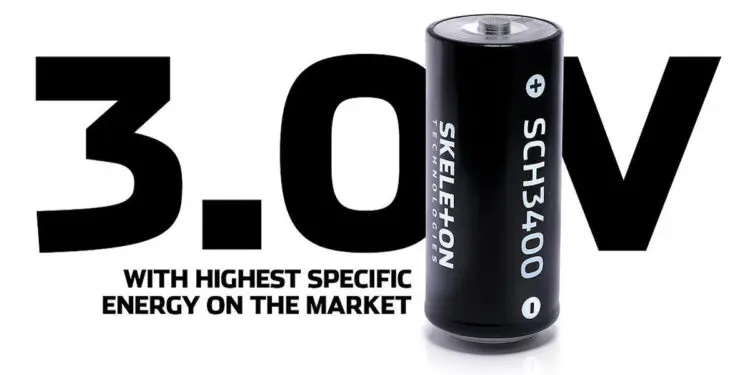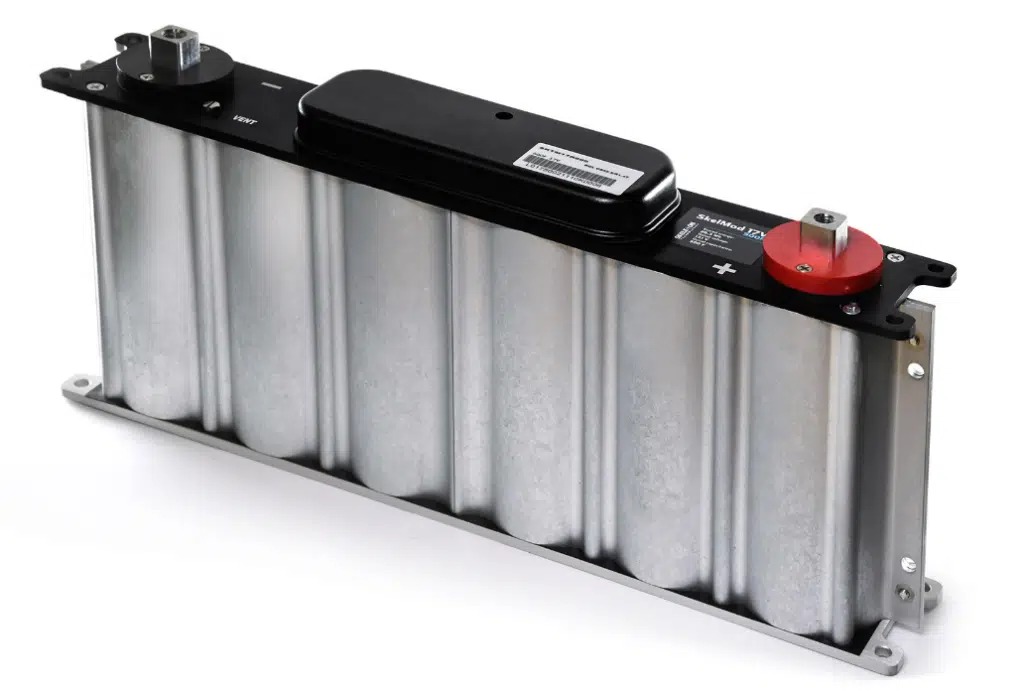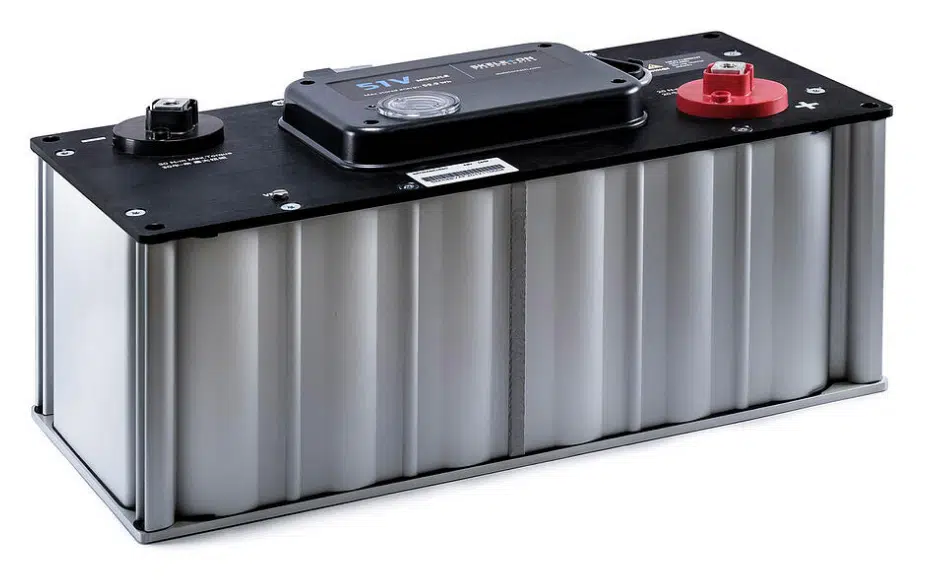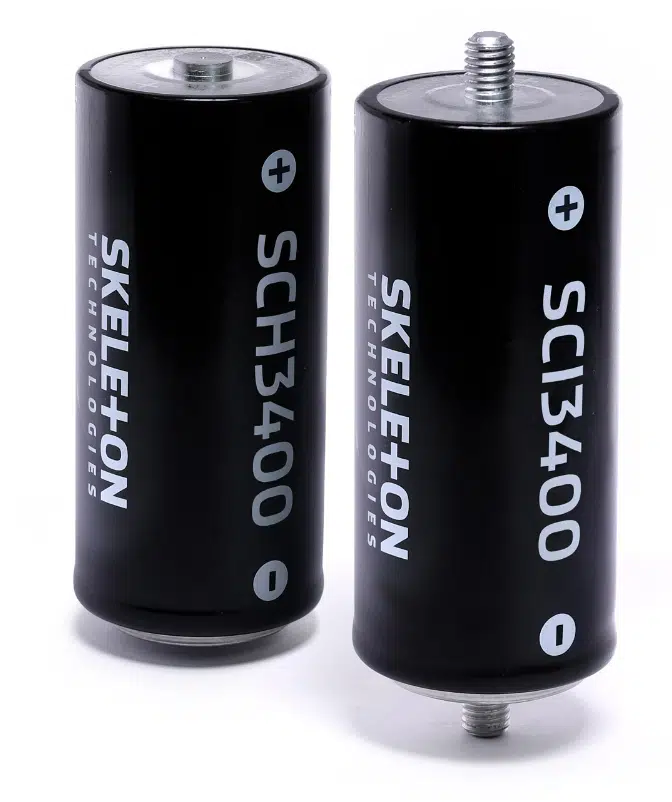As the recent news about the cooperation between Skeleton technologies and Marubeni Corporation suggests, Skeleton’s influence in Asia has been steadily growing, adding pressure also on us to meet customer demand in fast-growth sectors, such as transportation and renewable energy.
In Europe, the contracts with Medcom and Skoda for tram energy storage highlight our position as the market leader in the segment, and our recent deal with one of the global giants in wind turbine manufacturing is further proof of the industry seeing the benefits ultracapacitors can offer.
Today, we’re delighted to announce several additions to our product portfolio with three modules specifically targeted toward the transportation and renewable energy sectors, as well as several new cells, among the SCH3400 – a class-leading ultracapacitor in energy and power density.
SkelMod 17V500F
The SkelMod 17V 500F module is one of the most popular choices for wind turbine pitch control. It’s a robust module with a long lifetime of 15+ years. The 17V module is an excellent replacement for lead-acid batteries and hydraulic pitch systems, and a big step forward in reliability, while reducing maintenance to a minimum.
The SkelMod 17V500F module is designed for wind turbine pitch control but is equally adept in transportation and UPS applications, among others.
SkelMod 51V166F
Our rail-certified SkelMod 51V module has proven to be extremely popular in the rail industry, which is no surprise given it’s industry-leading power performance and low ESR. The SkelMod 51V166F offers a reliable and robust alternative for transportation, industrial equipment, and UPS systems.
The new modules cement Skeleton’s position at the top of the ultracapacitor industry and allow us to offer an even wider range of high-power modules to our customers.
SkelCap SCA
In addition to the modules, we’ve also experienced a big demand for a wider variety of cells than our SkelCap SCA series has been able to offer. Therefore, we are also launching five new cells to expand our offering:
- SkelCap SCH0350 – 2.85V and 350F cell with PCB-mountable terminals
- SkelCap SCL3000 – 2.85V and 3000F with threaded terminals
- SkelCap SCK3000 – 2.85V and 3000F with weldable terminals
- SkelCap SCI3400 – 2.85V and 3400F with threaded terminals
- SkelCap SCH3400 – 3.0V and 3400F with weldable terminals.
We’re pushing boundaries with our SCH3400 large form factor cell with it’s class-leading energy and power density, but we’re also making great progress with the smaller cells: the SkelCap SCH0350 cell has the highest energy density of any D33 L61 form factor cells on the market!
We are proud to keep bringing to market products that live up to the Skeleton Technologies name and offer the highest quality and power, as well as the longest lifetimes on the market. With these new products almost doubling our cell and module offering, we see potential for even faster growth, and of course, more energy savings.



































